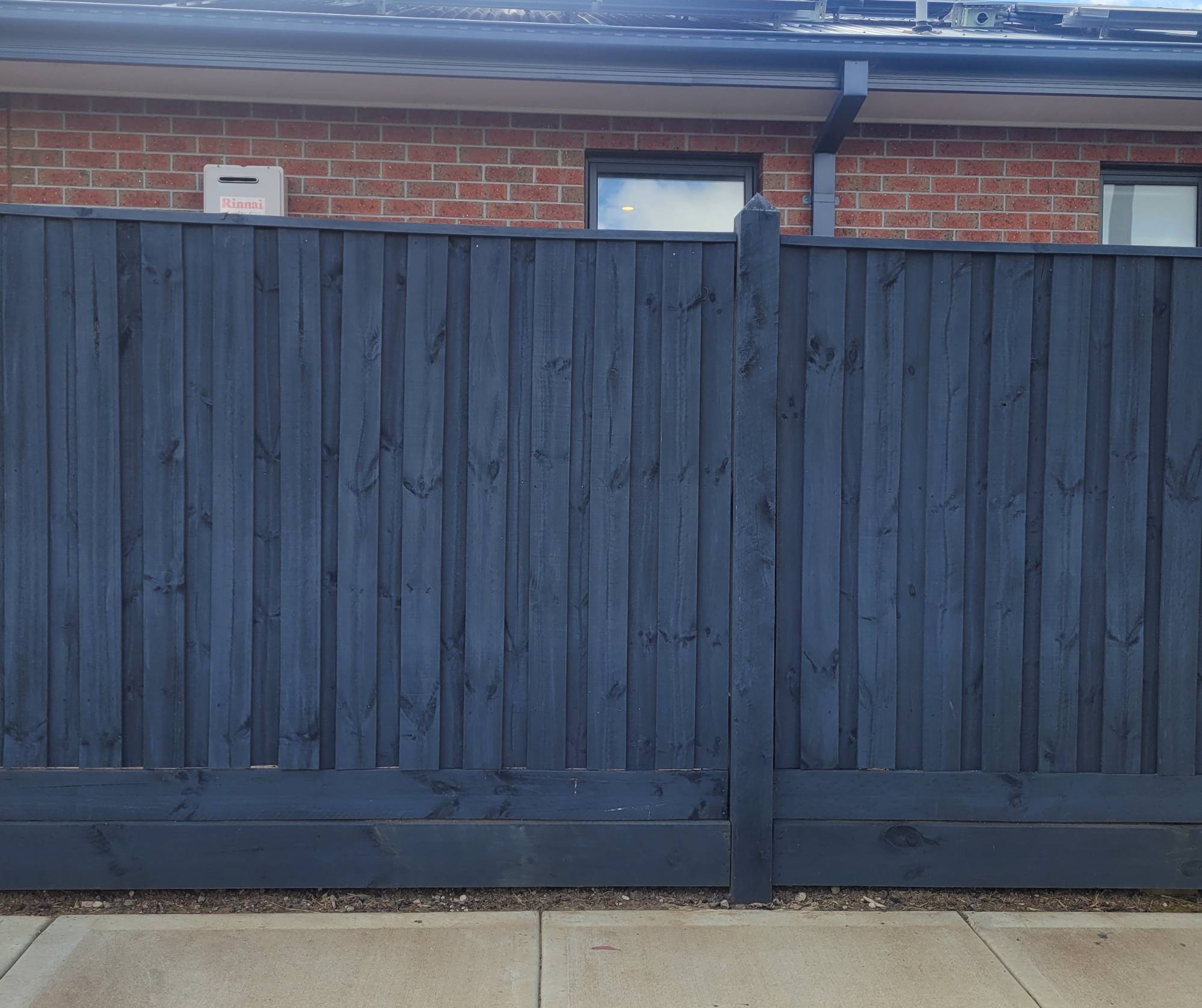When it comes to choosing a fence for your home or business, you have a few different options to consider. Two of the most popular choices are Colorbond fencing and timber fencing. Both have their own set of benefits and drawbacks, and the right choice for you will depend on your specific needs and preferences.
What is Colorbond Fencing?
Colorbond fencing is a type of metal fencing that is made from steel and coated with a special paint finish. It is manufactured by BlueScope Steel, a leading Australian company that is known for producing high-quality steel products.
One of the main advantages of Colorbond fencing is its durability. It is a rotting, termite, and weather-resistant fence which means it has a long lifespan and requires minimal maintenance. It is also resistant to fire and has a high wind rating, making it a good choice for areas that are prone to natural disasters.
Another benefit of Colorbond fencing is its versatility. It comes in a range of colours and styles, so you can choose the one that best suits your home or business look. It is also easy to install and can be cut to fit any size or shape of the property.
What is Timber Fencing?
Timber fencing is a type of fencing that is made from a variety of wood species, such as pine, cedar, and redwood. It is a natural and traditional material that has been used for fencing for centuries.
One of the main advantages of timber fencing is its aesthetic appeal. It has a natural, warm look that can complement a wide range of architectural styles. It is also relatively affordable, especially compared to other materials like aluminium or vinyl.
However, timber fencing does have some drawbacks. It is not as durable as Colorbond fencing and requires more maintenance. It is prone to rotting, warping, and termite damage, and needs to be treated and sealed regularly to protect it from the elements.
Factors to Consider
When deciding between Colorbond fencing and timber fencing, there are a few key factors to consider:
- Durability: If you want a fence that is going to last for a long time with minimal maintenance, Colorbond fencing is the better choice. Timber fencing requires more upkeep and may not have the same lifespan.
- Budget: Timber fencing is generally a more affordable fencing solution than Colorbond fencing, especially for large areas. However, you should consider the long-term costs of maintaining a timber fence and compare them to the upfront cost of a Colorbond fence.
- Aesthetics: The look of your fence is a personal preference, and it’s essential to choose one that you love. If you prefer the natural look of wood, then a timber fence may be the right choice for you. If you prefer a more modern look, Colorbond fencing may be a better fit.
- Location: The location of your fence is another important factor to consider. If you live in an area that is prone to natural disasters like bushfires or cyclones, then a Colorbond fence may be the safer choice. On the other hand, if you live in a humid or coastal area, timber fencing may be more susceptible to damage and may not be the best choice.
Conclusion
In conclusion, both Colorbond fencing and timber fencing have their own set of benefits and drawbacks, and the right choice for you will depend on your specific needs and preferences. If you’d like to learn more about colorbond fencing options for your fence, speak to our friendly team of expert fencers at Caboolture Fencing Experts.

